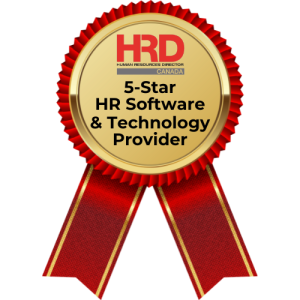Virtual onboarding: the new reality

Virtual onboarding is a new reality for most companies now that working remotely is much more common. When we talk about onboarding, we tend to traditionally think about I.T. set-up, welcome lunches and week 1 trainings. But what happens when onboarding becomes a virtual task, and how do these employees progress on week 2? Week 4? Week 12?
The virtual onboarding process starts the moment your new employee makes the switch from candidate to employee and should continue for at least 6 months following their start date. Technology plays a more crucial role than ever in getting remote employees up to speed and ready to go. This can be facilitated by automating onboarding workflows like the ones available in HRWize.
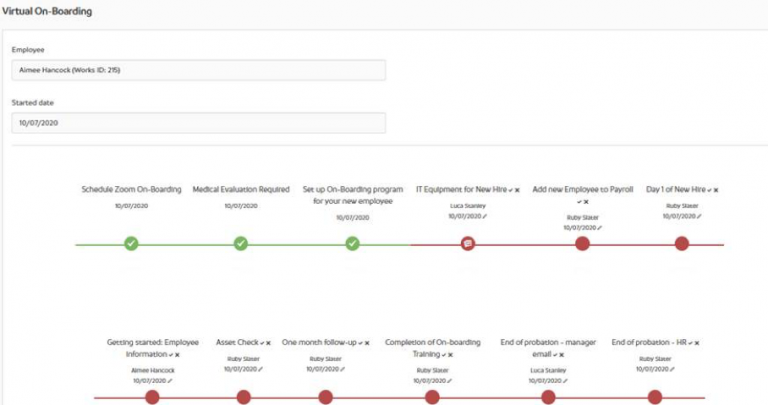
Each department is automatically notified of their required tasks and deadlines when a new employee is hired.
Traditionally, onboarding has been several days of long drawn out meetings, learning about company culture, benefits, products and technology. Virtual onboarding needs to be broken down into smaller pieces over a longer timeframe to be more easily absorbed and allow for the more flexible working schedules that today’s employees expect. These types of shorter, more frequent meetings also act as checkpoints for new hires to ensure everyone feels comfortable and supported.
Real dedication to supporting new employees goes beyond saying the words “We are here to support you”, it’s showing them that this is true. This becomes more challenging when you aren’t sharing a physical space and it requires more effort from employees to reach out for help if they need it. This can be facilitated by scheduling short check-ins with each team member, with either a more casual or more professional tone, not just with the new employee’s direct manager.
There are many virtual activities that are becoming popular to facilitate these check-ins and personal relationship development. Setting up virtual coffee breaks with each of the team members allows your new hire to have those human moments that tend to happen more organically in an office setting.
Virtual cocktail hours or icebreaker games are also a great way to engage new employees and get to know one another. These types of activities can also be shared on social media and help build employer branding which is becoming more important than ever.
Assigning a specific team member as an onboarding resource is also very helpful in allowing the new employee to have someone to reach out to in a more casual approach to help learn the comings and goings of the organization. These types of activities stem from a culture of support and teamwork. Actions always speak louder than words in reassuring new hires. Creating a human first culture in a remote work environment can be challenging, however not impossible when the management and employees come together with this common goal.
Finally, asking for feedback is one of the most important takeaways here.
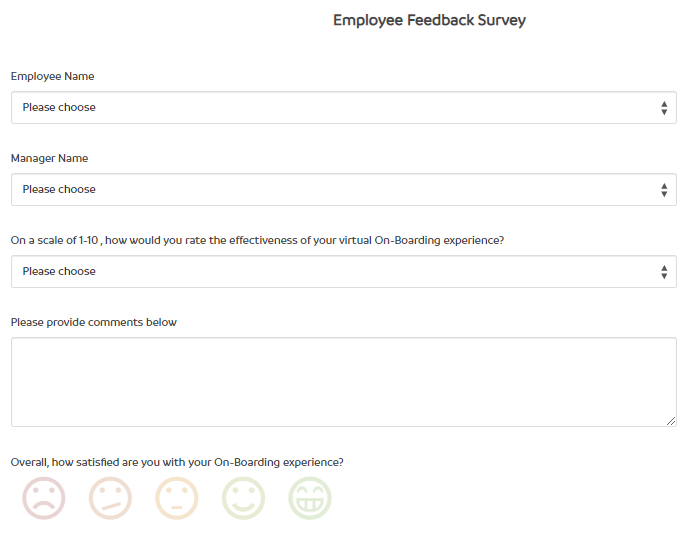
In this ever-changing world we need to be constantly making adjustments to our policies and procedures to ensure our employees feel appreciated, motivated and secure in their jobs. See what new employees liked and disliked about your onboarding process and be open to adjusting your process accordingly. Having this process housed within your company-wide HRIS allows for easy updates ensuring that new employees across your entire organization are getting the same level of experience.
To learn more about transferring your onboarding strategies to a virtual platform, speak to one of our certified HR consultants at info@hrwize.com.
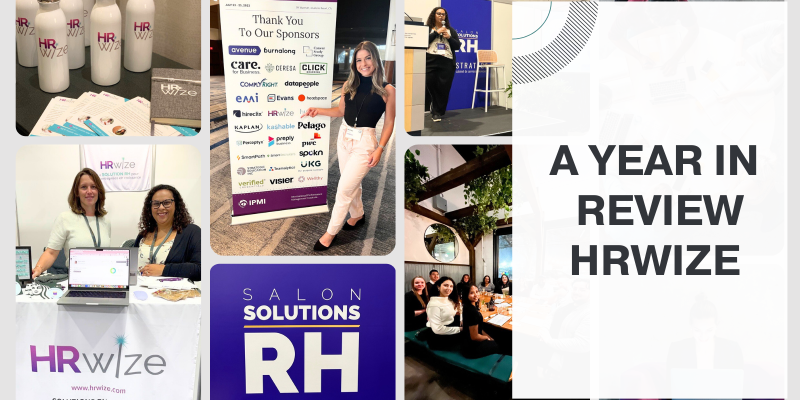 A Year in ReviewBy Briana Della Foresta
A Year in ReviewBy Briana Della Foresta Choosing the Right HRIS: A Comprehensive GuideBy Briana Della Foresta
Choosing the Right HRIS: A Comprehensive GuideBy Briana Della Foresta The Impact of Vacation Time on Employee Creativity and InnovationBy Briana Della Foresta
The Impact of Vacation Time on Employee Creativity and InnovationBy Briana Della Foresta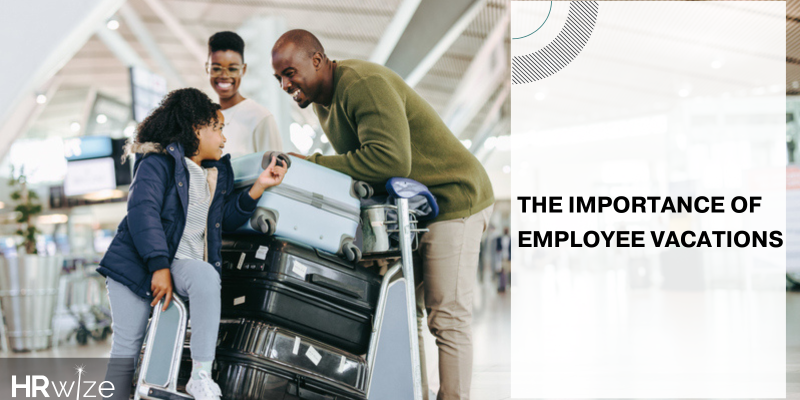 The Importance of Employee Vacations for Work-Life Balance By Briana Della Foresta
The Importance of Employee Vacations for Work-Life Balance By Briana Della Foresta Creating a Vacation-Friendly Company CultureBy Briana Della Foresta
Creating a Vacation-Friendly Company CultureBy Briana Della Foresta Strategies for Coping with Working Mom GuiltBy Briana Della Foresta
Strategies for Coping with Working Mom GuiltBy Briana Della Foresta The Importance of Respecting Holy DaysBy Briana Della Foresta
The Importance of Respecting Holy DaysBy Briana Della Foresta What HR Should Know About Candidate Experience?By Briana Della Foresta
What HR Should Know About Candidate Experience?By Briana Della Foresta Do What You Love or Love What You Do?By HRWize
Do What You Love or Love What You Do?By HRWize Diversity Requires MetricsBy Briana Della Foresta
Diversity Requires MetricsBy Briana Della Foresta

